
Jacob Adams’ Three Piano Rags Op. 47
In the summer of 2024 Jacob Adams wrote Three Piano Rags Op. 47 and dedicated them to me (thank you, Jacob!). No. 2 in D

In the summer of 2024 Jacob Adams wrote Three Piano Rags Op. 47 and dedicated them to me (thank you, Jacob!). No. 2 in D
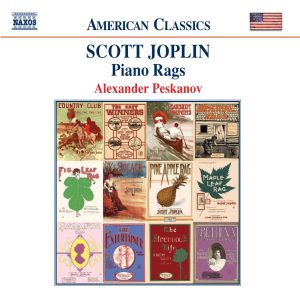
Alexander Peskanov is a Ukrainian composer, pedagogue, and powerhouse pianist. His 2004 recording of Scott Joplin for Naxos (Naxos 8.559114) is highly virtuosic, sometimes to
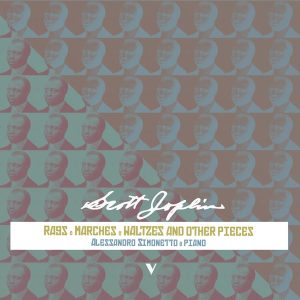
I love comparing the myriad recordings of Scott Joplin’s music, particularly the more comprehensive collections of his work. Thus I am pleased to evaluate Alessandro
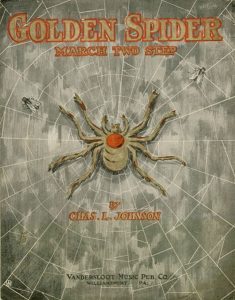
Charles Leslie Johnson’s Golden Spider Rag (1910) is a simple, straightforward piece. The opening chords of the introduction would later be expanded into the A
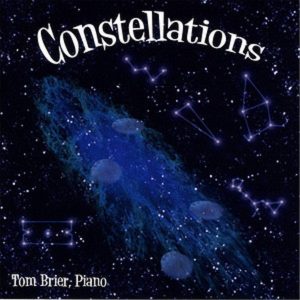
Tom Brier’s voluminous output of quality piano rags is highly esteemed among his fellow Ragtime artists. His Razor Blades has become a standard and can
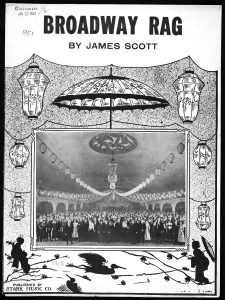
Broadway Rag (1922) is James Scott’s final published composition. It is thickly-chorded in keeping with Scott’s style. However, the tonic chord resolutions in the B
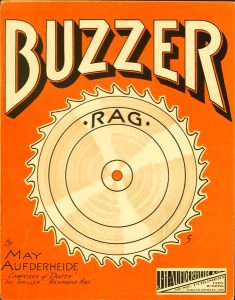
May Aufderheide was only 21 years old when Buzzer Rag, her fourth published composition, was issued in 1909. Much of the piece’s melodic material is
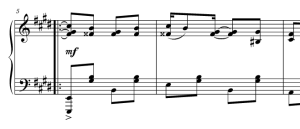
Top to bottom, bar for bar, W. Brett Youens’ piano rags are as well-crafted as anyone’s. Kangaragaroo (2009) is in the uncommon rag key of
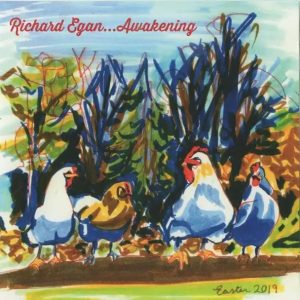
Awakening is the latest CD and sheet music folio from St. Louis composer Richard Egan. I very much enjoy this new collection of Egan’s original
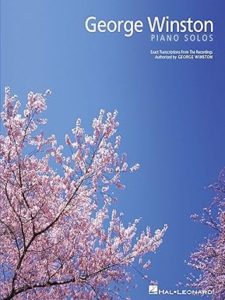
Personal disclosure: I very much miss George Winston. His artistry was an important formative influence on mine, and a Christmas card containing a note of
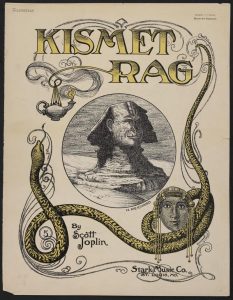
The Joplin/Hayden collaboration Kismet Rag (1913) is probably Scott Joplin’s most underrated composition. The piece’s opening section is a bit challenging to play, requiring pianistic
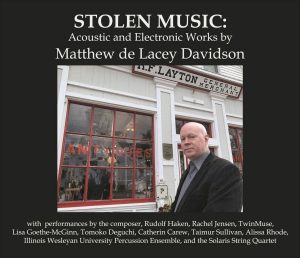
Last month I reviewed Matthew de Lacey Davidson’s double album The Graceful Ghost. This month my focus is on another multi-disc set issued by Davidson
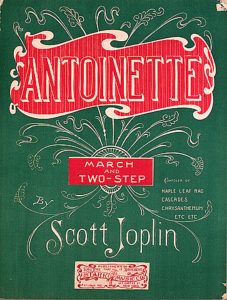
Antoinette (1906) was the last of Scott Joplin’s three marches in 6/8 time to be published. The suspension of a melodic B over a C
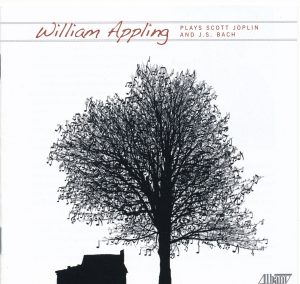
The memorably-titled Elite Syncopations (1902) is one of Scott Joplin’s most finely-crafted compositions. The piece’s B and C sections are Mozartian in their simplicity. Many
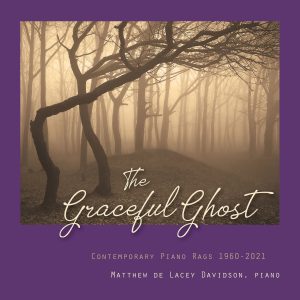
This year has seen pianist and composer Matthew de Lacey Davidson prodigiously successful in album production: his 2024 releases include two CD sets totalling five
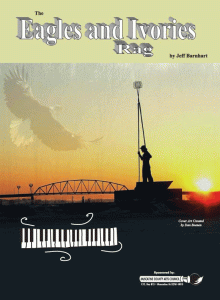
The Eagles and Ivories Ragtime Festival occurs every January in Muscatine, IA, so-named because bald eagle watching is an activity unique to the festival and
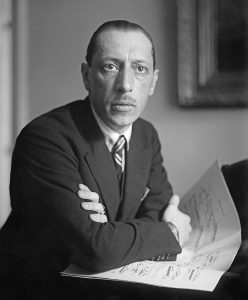
Igor Stravinsky’s theatrical chamber work A Soldier’s Tale (L’histoire du soldat in French, 1918) is widely considered a masterpiece of 20th century music. Musicians such
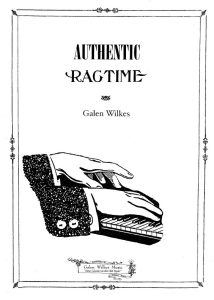
Galen Wilkes’ Authentic Ragtime folio contains many fine piano rags, including the joyous Sedalia Stomp, the rustic Boone County Rag, and the greatly-loved eulogy The
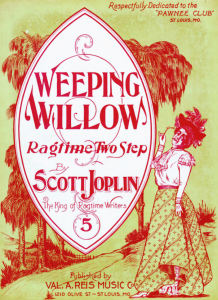
Scott Joplin’s Weeping Willow (1903, published by Val. A. Reis of St. Louis) was one of the first piano rags I learned how to play.
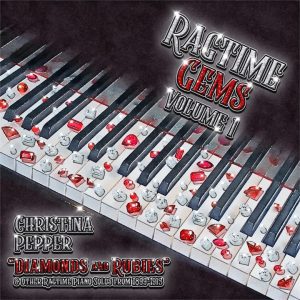
Thunderbolt Rag (S. J. Stokes, 1910) is a straightforward “popular” rag in ABAC form with some neat idiosyncrasies. Prolonged A7 and Dm chords and low
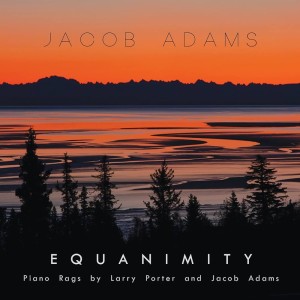
Jacob Adams is one of today’s most prolific piano rag composers. Seaside Rag (2021) displays the hallmarks of his compositional style: sonorous extended tertian harmonies
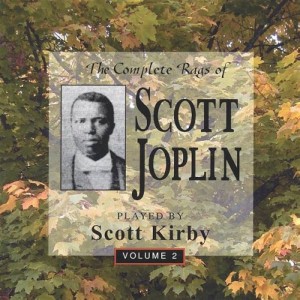
The C section of the Joplin/Hayden collaboration Felicity Rag (1911)—Mozartian in its gracefulness and simplicity—is probably my favorite section of any Joplin rag. The rest
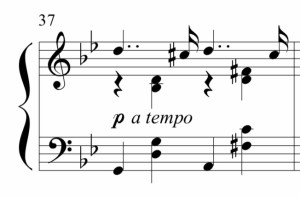
It would be appropriate to devote attention this spring to one of several gorgeous flower-named piano rags by Hal Isbitz. Forget-Me-Not (1993), from Isbitz’ Marigolds
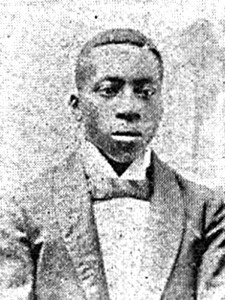
Independent of Scott Joplin, Arthur Marshall (pictured) wrote a small collection of pieces every bit as graceful and dignified as those by other Classic Ragtime